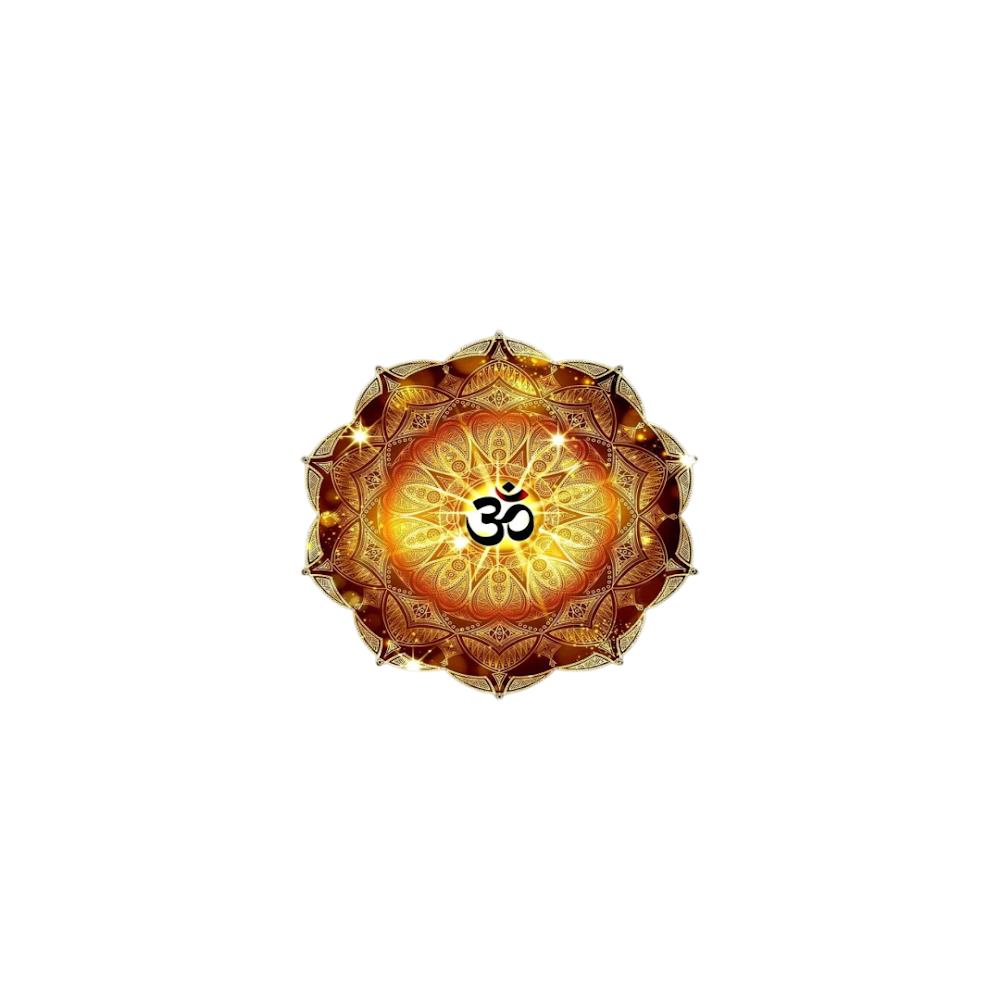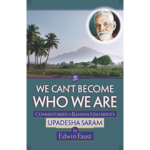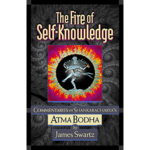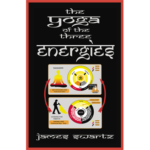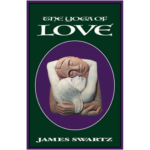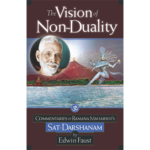The non-dual beauty when you say: Is there an essential difference between one ray of the sun and the sun itself? It allows my mind to appreciate non-duality. The Self appears in my mind as the moon to the sun’s rays (the Self) – whereas I am also that which “sees” the moon.
It shifts in moments – my body, mind – everything I used to think was “me” apparently falls into what I thought was a (blissful) void (a feeling like returning or floating into a vast endless pillow) – but this is in fact me.
Sundari: Transferring your identity from that of the person to the Self seems like an impossibly long shot, in many ways, from the jiva perspective. Sometimes, it’s one we must fake before we make it. We were discussing in Satsang last night how much of nondual teaching is splitting hairs – but it is important to split those hairs. For instance, take your statement that you are the moon and that which ‘sees’ the moon.
Nondual truth is always an apparent both/and, which when reasoned out, cannot be, unless we are talking mithya. Only in mithya can a thing be both true and not true at the same time. But you, the Self, are not in mithya. Nondual means nothing other than. Everything drops away when you take a stand as Awareness – the witness who ‘sees’ only itself because there is only itself. Is there actually anything to see/witness? This is confusing because you as the nondual witness must be both the non-experiencing witness and the experiencing witness. To witness means to experience. So, how can this be?
The discrimination is always between that which is always present and unchanging, the Self/Awareness, and that which is not, everything else. As this is a nondual reality, there is only one principle, so experience is you, the Self. But you are ‘experience’ with a ‘big’ E, which is constant, not discrete experiences, which are not. You are not dependent on experiences. You seem to experience when Maya appears, but you do not condition to Maya (that which changes) and only ever experience yourself. Can that be called experience, then, if there is only Experience? Words fail here.
It reminds me of the painting by Rene Magritte, the 20th century surrealist – called ‘The Treachery of Images’, also called ‘ This is Not a Pipe.’ Ever seen it? It’s a painting of a very ordinary pipe. So how can he say this is not a pipe? Well, it’s a painting of a pipe, so it’s not actually a pipe. This is a good analogy for the point I make above about experience. As the Self/Awareness, there is only you, but you are never fooled by the reflection of yourself in any object/experience, because your ‘vision’ does not modify to the hypnosis of duality.
This is not an easy thing to take on board and assimilate. As Ramji pointed out last night, and this was a very big point that landed for very few, once you know who you are, you stop being a discriminator. What is there to discriminate if it is all you? Avidya is over for you, there is no more duality in your mind. Macrocosmic Maya continues for everyone else, but you are no longer fooled by it.
Michael: In another moment, where the Jiva feels or sees something in Maya, which is always a result of some Vasana causing that trigger that I have not yet passed to Ishwara then “I” as the Jiva used to end up the apparent victim, feeling bound. I am fully aware both are at play – one is me and one is not. This is the proof of Vedanta which gives me such faith in the teaching.
Sundari: Excellent, this is discrimination at work. When people make the claim that Vedanta is ‘just’ another system of thought, they are not qualified to understand what sets it apart. Though Vedanta is a dualistic means of knowledge in that it relies on words just like any other philosophy or religion, the difference with Vedanta is that it works to set you free of bondage to the jiva identity. No system of thought is capable of doing that unless it is based in nonduality and has a valid and independent means of knowledge to remove ignorance and reveal your true nature as the Self.
Michael: I have a small statue of Shiva which even though it has been in a special place for years was a mystery (and even frightening to the Jiva) as it seemed incomprehensible – and there is so much garbage on the internet about the symbolism I gave up trying to understand it.
It was after I read your point about the sun, and remembering the teaching about the moon “thinking it itself was shining”, I realised Shiva has a moon next to his head – not a sun. Other statues – from ancient Egypt to various “sun kings” and emperors through history (who often turned out to be adharmic) had suns near them, on them; “divine right” – whereas looking at Shiva now, in this light (pun intended) now makes sense – it shines in his mind, next to his head.
Sundari: That’s an interesting point. The moon symbology has several meanings – the obvious one being that of the night, the shadow or that which needs the light of the sun to shine on it to be visible, to reveal what is hidden. It is the symbol of the reflected self, that which exists only because the light of the sun, the Self, shines on it.
Michael: ‘The steps to ‘get there are the qualities of being there’. This is a great mantra and I will contemplate this further – just reading it a few times already makes me realise I was never going anywhere really, I understand now I was ignorant, born into it and by the grace of Vedanta (and some unfathomable miracle) appear to be less so.
Sundari: You are not ignorant and you are unborn. It is only when Maya appears that you as the Self appear as a jiva, apparently ignorant of your true nature thanks to the spell of duality. As Self-knowledge works on the mind it weakens the spell. One day it will be gone forever.
Michael: I remember a puzzling moment during this big university ceremony at the master’s degrees in England, where Peter Ustinov was handing out the parchments in the cathedral. “I” had pushed myself so incredibly hard to “get there” and went up to this old sweet actor, in front of hundreds of students and professors – already having seen him hand out many parchments with a sincere congratulatory eye – but in my case he just looked humorously wistful, as if it made no difference. At the time it was most disconcerting. But it was compassion I was seeing from the Self, I see that (finally) now.
Sundari: As a teenager I realized the zero sum nature of life – how empty success is. It made me depressed; life seemed so meaningless. It was what propelled me into seeking the truth above all else. I read voraciously and among many others, I came across the writings of Dag Hammarskjold, who was security to the UN until his murder in 1961.
He said: ‘Never let success hide its emptiness from you, achievement its nothingness, toil its desolation. And so, to push on further, that pain in the soul which drives us beyond ourselves. Whither to, I do not know.’
Pity DH did not have Self-knowledge, If he did, he would have known that the pain in the soul which keeps us ‘pushing further’, always further, is the subject/object split. The pain of ignorance of our true nature. The zero sum is that you cannot gain what you are pushing for because you are it. Perhaps Peter Ustinov was in the same boat.
Michael: Karma yoga I understand better in this context; giving up the results of actions to the field means keeping the Jiva in its correct place – not by force – but simply, it’s a rope not a snake. It wants what it wants because of ignorance but the results never make any difference to the Self.
Sundari: Yes, karma yoga on its own has the power to end ignorance, if it is fully understood and applied.
Michael: Identifying with the Jiva I went through contortions for decades trying to figure out my Swadharma (I did not call it that at the time) but realise now, “just Dharma” is good enough. Acting according to dharma, I trust Iswara has it all figured out; it must be so – including the nature in me and also the results Iswara gets.
Sundari: Self-knowledge makes everything very simple when it starts to sink in. Once we realize there is nothing to chase, nothing to gain, no hidden purpose to life, and we overcome the tamasic vertigo of ‘the void’, things start to take a major shift. We realize we do not need any other purpose than to surrender to the one over-arching purpose that gives meaning to all our endeavours – taking instructions from Isvara. ‘Let go and let God’ is a good way to live!
You are always welcome dear friend
Much love
Sundari
